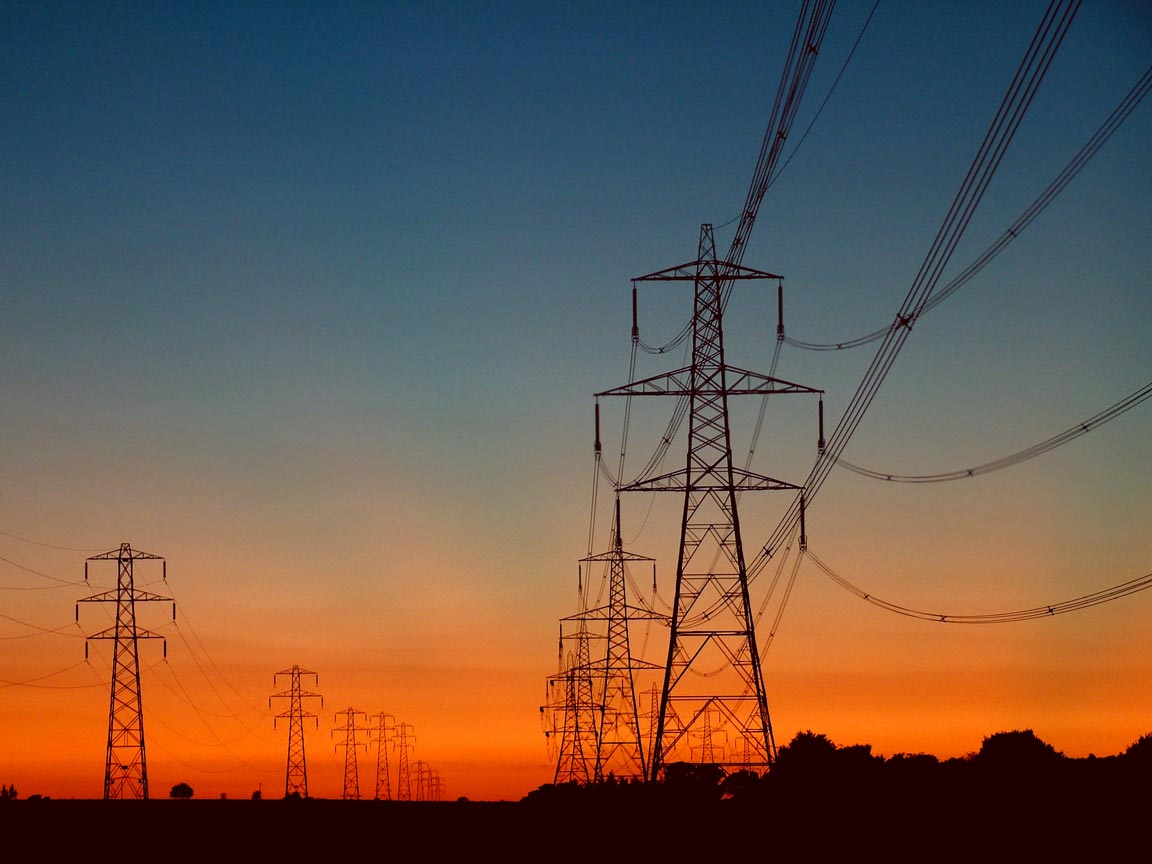Each of our CHP systems are composed of advanced engines, heat recovery technologies, components, and durable materials skillfully incorporated into one connection ready cogeneration module to be more efficient, stronger and longer-lasting than ordinary and conventional CHP designs. To achieve the industry's most efficient BTU-to-kW ratios in its segment - and satisfy some of the world's most demanding CHP owners and operators – our partnered engineers and product development scientists work closely with core engine manufacturers to optimize maximum output and durability. Each power plant is integrated into a special module design to optimize electrical and thermal efficiencies, minimizing wear & tear - while maintaining our reputation for "the most efficient and durable cogeneration system in its class."
The overall design of each CHP module, with its trademark compact structure, is developed to convert biogas, natural gas, and a variety of other specialty gases more efficiently into usable energy than all other CHP systems - the result of our obsession with energy efficiency and 20-year experience in the biogas and natural gas cogeneration market, with more than 2000 systems installed. This unique design allows it to generate higher revenues for the owner & operator than any other CHP systems in its class – at the same time providing much higher reliability than other CHP systems in its size. Cogeneration modules and our system controls are acknowledged as the most advanced in the industry - best designed and fully optimized for efficiency and above all, long-term durability. No other CHP supplier in North America has similar experiences, and especially in the biogas market no alternative biogas cogeneration system provider comes close to the number of installed CHP units, and no other supplier in its class is known to be capable of providing similar product qualities and advantages.
Cogeneration - CHP
CHP is a form of a decentralized energy technology. CHP systems are typically installed onsite, supplying customers with heat and power directly at the point of use, therefore helping avoid the significant losses which occur in transmitting electricity from large centralized plants to the customer. CHP systems can be employed over a wide range of sizes, applications, fuels and technologies. The heat produced during power generation is recovered and can be used to raise steam for a number of industrial processes, to provide hot water for heating, or with appropriate equipment installed, cooling. Because CHP systems make extensive use of the heat produced during the electricity generation process, they can achieve overall efficiencies in excess of 90% at the point of use. Installing CHP is a way of making savings when compared to traditional systems. Due to the high fuel efficiency of CHP plants, the carbon dioxide emissions per kWh of electricity or heat generated are relatively low. A well-designed and operated CHP plant will therefore improve energy efficiency and significantly reduce carbon dioxide emissions.
This technology utilizes waste heat while generating electricity for on-site consumption. The separate production of electricity and heat, as widely applied in most US buildings and industrial facilities, results in low efficiency.
The significant increase in efficiency with CHP results in lower fuel consumption and reduced emissions compared with separate generation of heat and power. CHP is an economically productive approach to reducing air pollutants through pollution prevention, whereas traditional pollution control achieved solely through flue gas treatment provides no profitable output and actually reduces efficiency and useful energy output. CHP can boost a company’s competitiveness by increasing the efficiency and productivity of fuel use. Dollars saved on energy are available to spend on other goods and services, promoting economic growth. Independent research has shown that savings are retained in the local economy and generate greater economic benefit than the dollars spent on energy. Recovery and productive use of waste heat from power generation is a critical first step in a productivity-oriented environmental strategy.
With the arrival of modern and advanced, high-efficiency reciprocating engines, and the prospect of cost- effective cogeneration modules, CHP is now becoming potentially feasible for smaller commercial buildings. This area, sometimes called "self-powered" buildings, involves the installation of a system that generates part of the electricity requirement for the building, while providing heating and/or cooling. Highly reliable packaged systems are available for cost-effective operations
CHP is an application of technologies to meet end-user needs for heating and/or cooling energy, and mechanical and/or electrical power. Recent technology developments have "enabled" new CHP system configurations that make a wider range of applications cost-effective. New generations of renewable energy systems, and advanced reciprocating engines are the result of intensive research, development, and demonstration by government and industry. Advanced materials and computer-aided design techniques have dramatically increased equipment efficiency and reliability while reducing costs and emissions of pollutants.
Cogeneration
NOT ALL CHP COGENERATION SYSTEMS ARE CREATED EQUAL
GLOBAL RESERVES LLC

